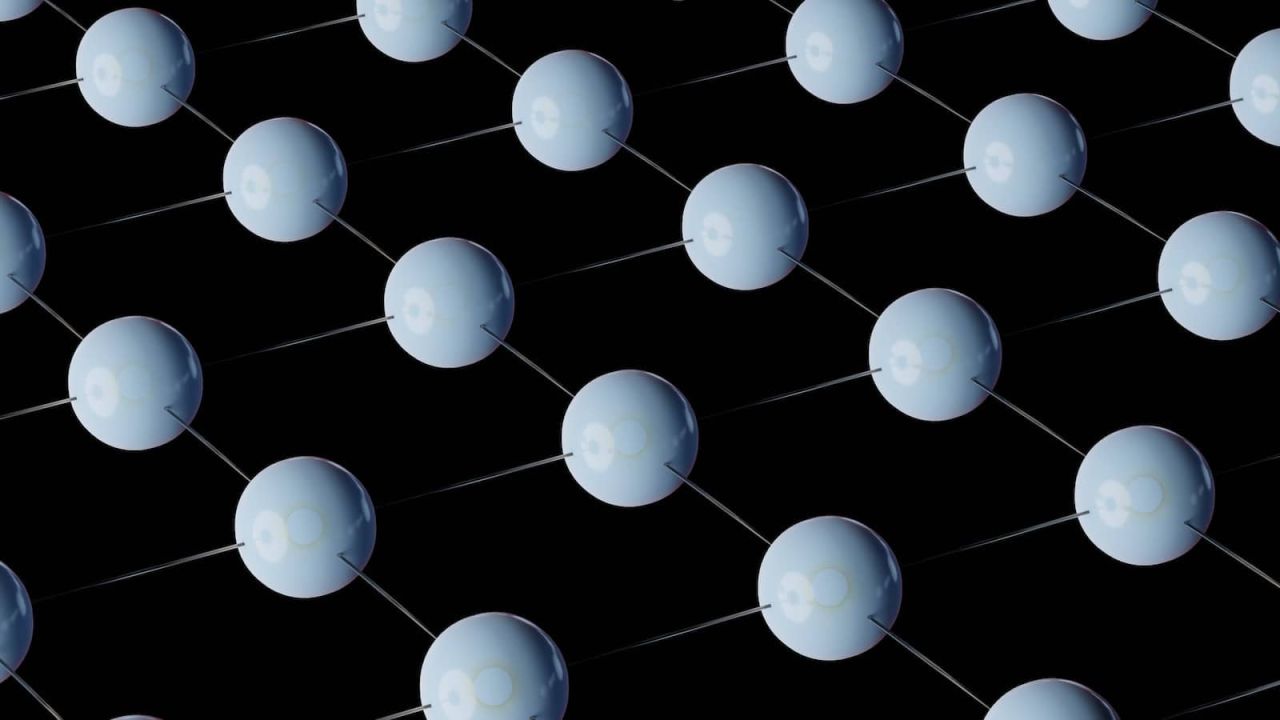Web3 vs Web 2: A New Era of Internet

The internet has been a shape-shifter, constantly evolving from the static Web 1.0 to the socially-driven Web 2.0, and now venturing into the decentralized realms of Web3. What sets them apart? Let’s dive into the core features, benefits, and distinct contrasts between Web 2.0 and Web3.
Web 2.0: The Social Revolution
Web 2.0 was a game-changer, transforming the internet from a static library into an interactive playground. Social connectivity, dynamic content, and user interaction became the buzzwords of this era.
Real-world Example:
Think Facebook or Twitter. They epitomize Web 2.0, offering platforms where users generate content, share resources, and interact socially.
Key Features of Web 2.0
| Feature | Description |
|---|---|
| User-generated Content | Users can create and share content. |
| Social Media | Platforms for interaction and networking. |
| E-commerce | Online shopping made easy. |
However, Web 2.0 wasn’t all sunshine and rainbows. Data ownership issues cropped up. Internet behemoths hoarded user data, sometimes manipulating or selling it without consent. Centralization also led to content censorship and legal quandaries.
Web3: A Decentralized Utopia?
Web3, the future of the internet, is built on emerging tech like blockchain, AI, and machine learning. It’s the antithesis of Web 2.0—decentralized and user-focused.
Key Features of Web3
| Feature | Description |
|---|---|
| Decentralized Networks | Data stored across multiple locations. |
| dApps | Peer-to-peer interaction without a middleman. |
| Smart Contracts | Automated transactions ensuring trust. |
| Data Ownership | Users control who sees and uses their data. |
Real-world Example:
Ever used a decentralized finance (DeFi) platform? That’s Web3 in action, allowing financial transactions without the need for traditional banks.
Web3 aims to provide a secure, private online experience. Decentralization eliminates single points of failure, while blockchain tech ensures transparent, secure transactions. It also revolutionizes the monetization model, allowing users to earn directly from their content and interactions.
Web2 vs Web3: The Face-off
The core differences between Web2 and Web3 boil down to three elements: data, user agency, and control.
The Comparison Table
| Aspect | Web 2.0 | Web3 |
|---|---|---|
| Data Storage | Centralized | Decentralized |
| User Control | Limited | High |
| Monetization | Platform-controlled | User-controlled |
| Security | Moderate | Enhanced |
Challenges and the Road Ahead
Switching gears from Web2 to Web3 won’t be a cakewalk. The tech behind Web3 is nascent, and there are hurdles like scalability and regulatory constraints.
Future Implications
- User-controlled data
- Enhanced privacy
- Direct monetization
In Conclusion
Web 2.0 was revolutionary but had its pitfalls. Web3 promises a more democratic, secure, and user-centric internet. Despite the teething problems, its potential for reshaping the internet landscape is enormous. As we surf on the edge of this technological wave, the transition to Web3 is not just inevitable but essential for a freer, more equitable web.
InvestGlass is at the forefront of digital transformation, providing a powerful and intuitive CRM platform designed to streamline financial services and investment management. With its Web3-ready infrastructure, InvestGlass empowers businesses to take full control of their data, ensuring security, compliance, and efficiency. By leveraging AI-driven automation, integrated banking tools, and customizable workflows, InvestGlass simplifies complex operations, making it an essential tool for wealth managers, private bankers, and financial advisors navigating the evolving digital landscape. As Web3 continues to shape the future of finance, InvestGlass remains committed to offering cutting-edge solutions that align with the industry’s shifting needs.